Table of contents
What are the symbols of love?
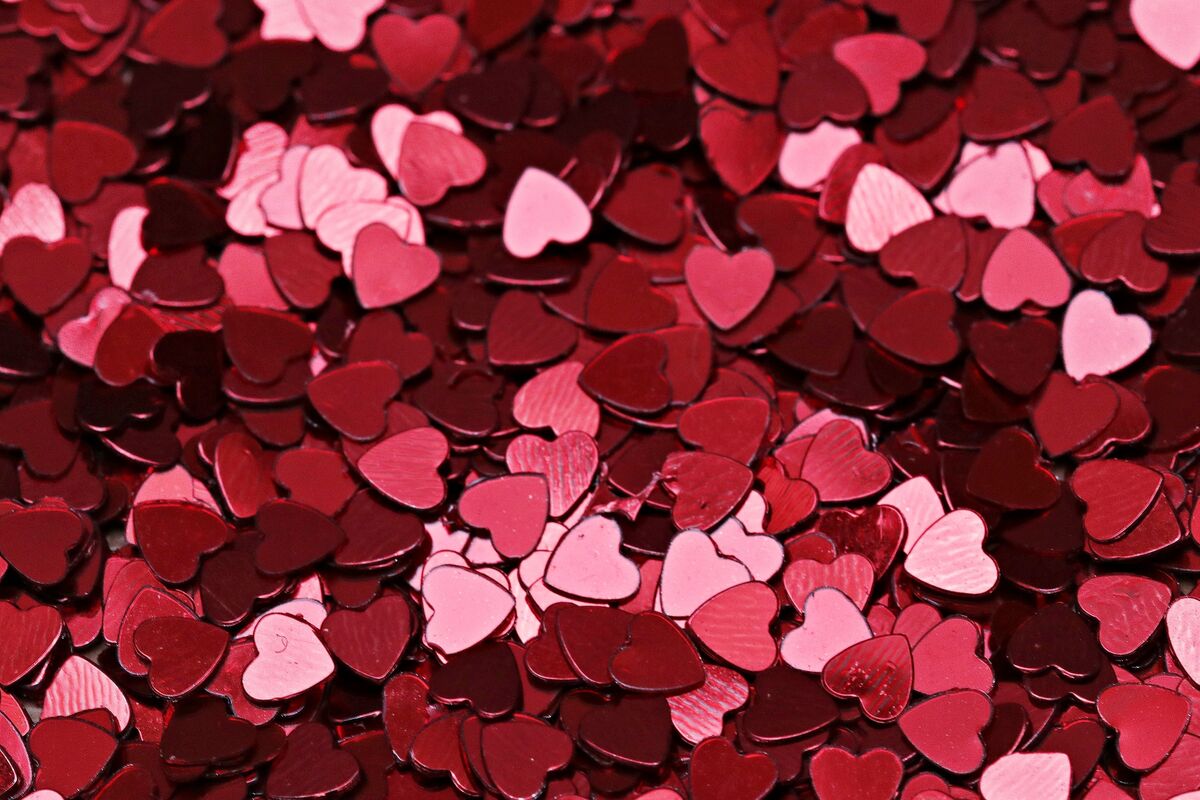
Heart, wedding ring, flowers and even candy are some of the symbols that instantly recall the noble feeling of love in contemporary culture. However, love has been desired since the dawn of humanity and, for this reason, has several other representations that have emerged over the centuries.
Cupid, the apple, roses and the dove are just some of the symbols that emerged in ancient societies and remain to this day as a reference to love. For many, the heart may be just an image, but the truth is that each symbol holds a passionate story. Unravel the story behind these symbols in this article!
Heart
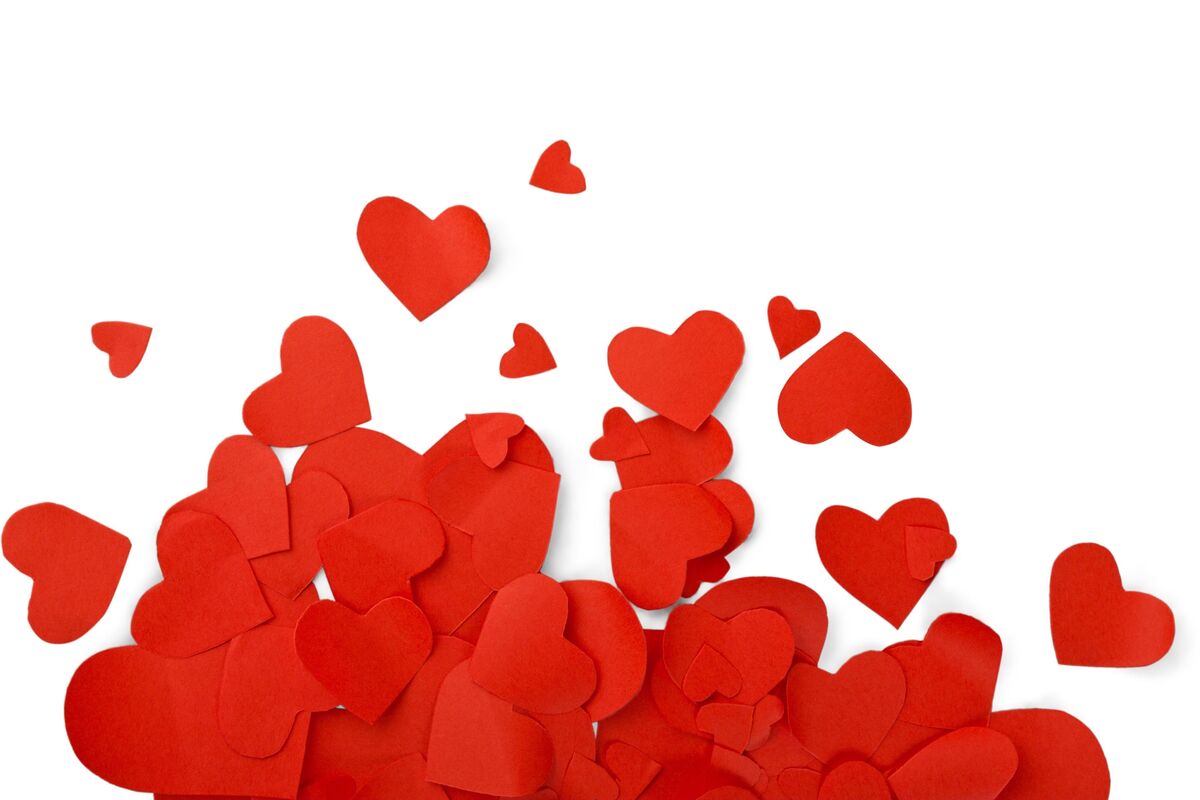
The heart is, among the symbols associated with love, the most famous. However, in this case, the image used to convey the idea of affection does not resemble the original format of the heart organ. The origin of its shape has several interpretations, among them, the chalice. Understand it better below!
In the 14th century
The format that we know today as the imagetic representation of the heart is recorded in the work "I Documenti D'Amore", by the Italian writer Francesco di Ser Neri da Barberino. Francesco expresses in his work the idea that Love itself transmits the teachings through Eloquence to the author, who transcribes them into the book.
Written in the fourteenth century, the book "I Documenti D'Amore" is not only composed of poems and sonnets, but also of images that complete the transmission of the message reflected in the journey of the allegorical characters created by Francesco. In this work, some of the symbols related to love are recorded and, among them, there is the heart.
In Libya
In Libya, around the VII century, an element was associated to love. At that time, the heart started to print the coins that ran in the city of Cyrene. This happened because of the silphium seed, which had the shape of a heart.
At the time, the silphium was so valuable that it surpassed the price of gold and, for this reason, it started to illustrate the coins. The herb was used as a contraceptive method, besides having aphrodisiac uses. It was believed that the uses of the herb related to sexual practices, besides the heart shape present in the seed, were responsible for the association of the symbol to love.
For the Greeks
The idea that emerged Ancient Greece, fruit of the famous philosopher Aristotle, contributes to the relationship of the meaning of love associated with the heart. For Aristotle, the corner of the human body where the emotions reside is the heart. For this reason, love, one of the main emotions addressed by the philosophy, connects with the organ.
Thus, the philosopher was responsible for propagating the idea that emotions did not arise in the head, but in the chest, but the Greeks already valued the heart. Until then, it was believed, in the Greek society, that the heart was the first organ created in the human body.
For Hebrews
The concept that the heart holds emotions has existed for over 3 thousand years. The Hebrews believed that all emotions, including love, had their origin in the heart. It is believed that this association occurred due to the tightness felt in the chest by individuals who are scared, who feel anguish or a strong passion.
However, the sensation that gave rise to this idea is explained biologically in another way. What happens to the body in the face of strong emotions is caused due to the discharge of adrenaline, which increases blood pressure and heart rate.
Red roses
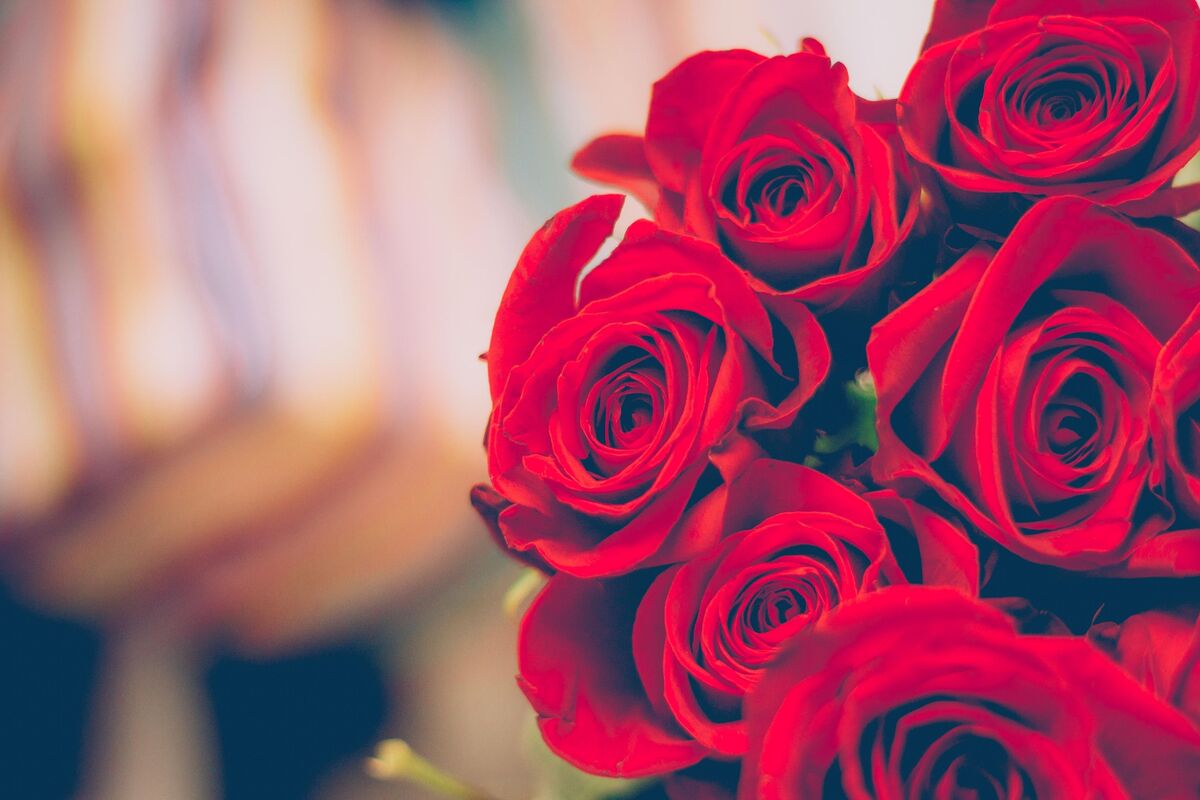
Giving or receiving roses can be considered a gesture of friendship or love. However, the meaning attributed to the gesture differs and can be interpreted by analyzing the color of the roses. Among all the colors, the most commonly associated with love are the red ones. Understand why below!
For the Greco-Romans
In Greek culture, the goddess that represented love, beauty and sexuality was known as Aphrodite. The same divinity was assimilated by Roman culture, gaining the name Venus, but still possessing the same attributes. Both Greek Aphrodite and Roman Venus had red roses as one of their symbols.
According to the myth of Aphrodite, wherever the goddess passed, red roses were born, which perfumed the environment, creating a passionate atmosphere. In addition, red roses were also used in ritualistic practices, as part of the offerings made to the goddess of love.
In classical literature
The idea that red roses would be one of the symbols related to love persisted after Ancient Greece and was also reflected in classical literature. Shakespeare mentions, in one of his most famous plays, "Romeo and Juliet", the roses as a reference to the unchanging love that the passionate Romeo felt for Juliet.
So, while white roses are used to represent purity and innocence, red roses are used, in classical literature, as a great reference of beauty and passionate love. Red roses have already been mentioned by Luís de Camões, Oscar Wilde and Shakespeare himself as symbols of love.
Cleopatra and Mark Antony
The choice of red roses is due to its aroma, more intense than the other colors of the flower. For this reason, red roses are used not only as gifts, but also as a way to perfume the environment. The practice dates back to Ancient Egypt, a time when, according to historical accounts, Cleopatra filled her room with red rose petals.
Thus, the use of flowers by the famous queen of Egypt had aromatic and romantic purpose. Moreover, the same accounts mention the use of flowers especially in moments when Cleopatra received her lover, Mark Antony, in her royal chambers.
Cupid
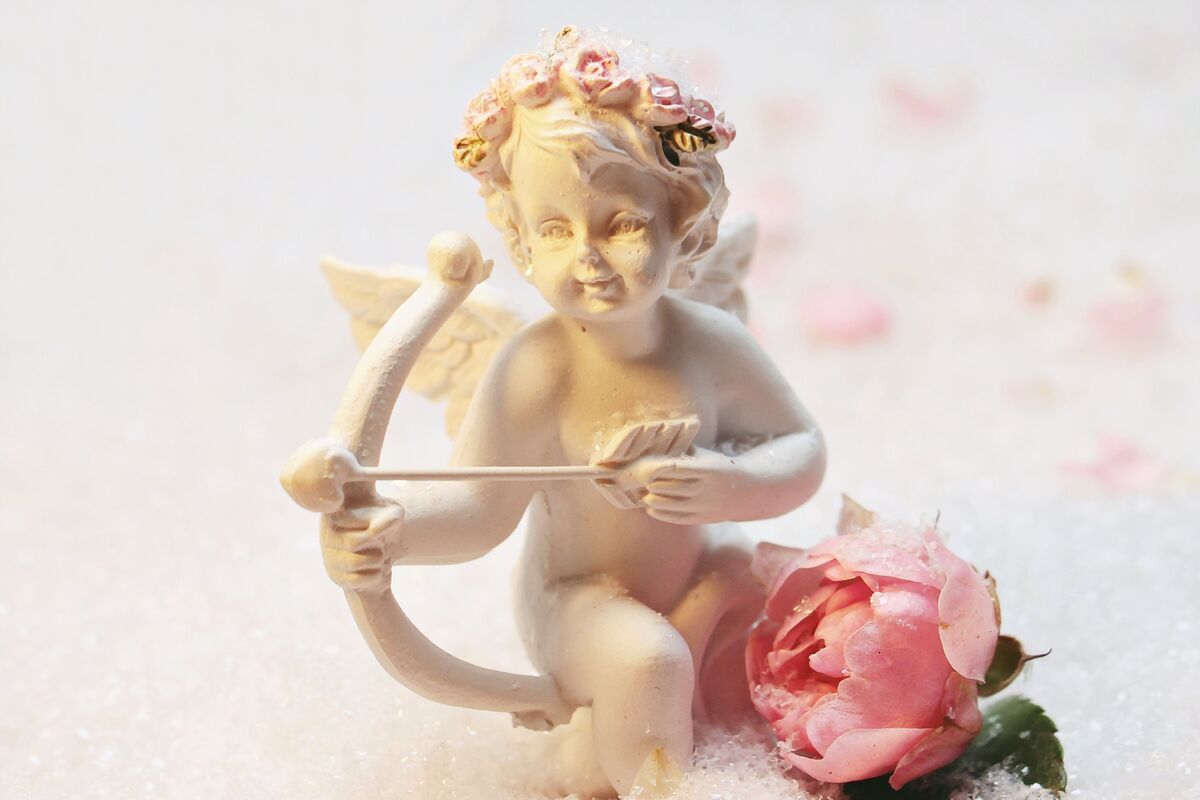
Cupid is a winged child figure with rosy cheeks and a mischievous air, carrying a miniature bow and arrows capable of inducing passion. Learn about the origin of one of the most famous symbols of love here!
In Roman mythology
For the Romans, Cupid was the deity who personified Love. His figure was described as either a child or a young man in armor, alluding to his father, the God of War. Son of Venus, Cupid had the ability to make love and passion sprout in whoever he wanted, as long as his target was hit by one of his arrows.
In addition, the mythological allegory also serves as a reference to the unpredictability of passion and love, which can arise without a reason to do so and take over its victims like the poison of a magic arrow.
Eros in Greek mythology
In Greek mythology, Cupid receives the name Eros. The Greek deity was one of the sons of Aphrodite with the God Ares, being the union between beautiful love and the intensity of war. According to mythology, Eros, God of eroticism, had a cunning temperament and was always in search of new targets for his passionate arrows.
Initially, Eros is portrayed as a child, symbolizing the eternal youth provided by love. However, his mother discovers that from the moment he gains a brother, Eros can mature and ceases to be spoiled. As an adult, the god marries Psyche and generates pleasure, his daughter named Hedonê.
Nowadays
Nowadays, the figure of Cupid is a reference to passionate and playful love. Its representation is focused on the idea that love and passion are feelings that arise unexpectedly and cause intense emotional changes in those who feel them.
Thus, representations of Cupid in movies and animations usually precede comic scenes, in which enemies succumb to passion, causing strangeness. Moreover, Cupid is presented nowadays as the very representation of love, which can be fleeting and cause radical changes in the lives of the lovers in question.
Dove
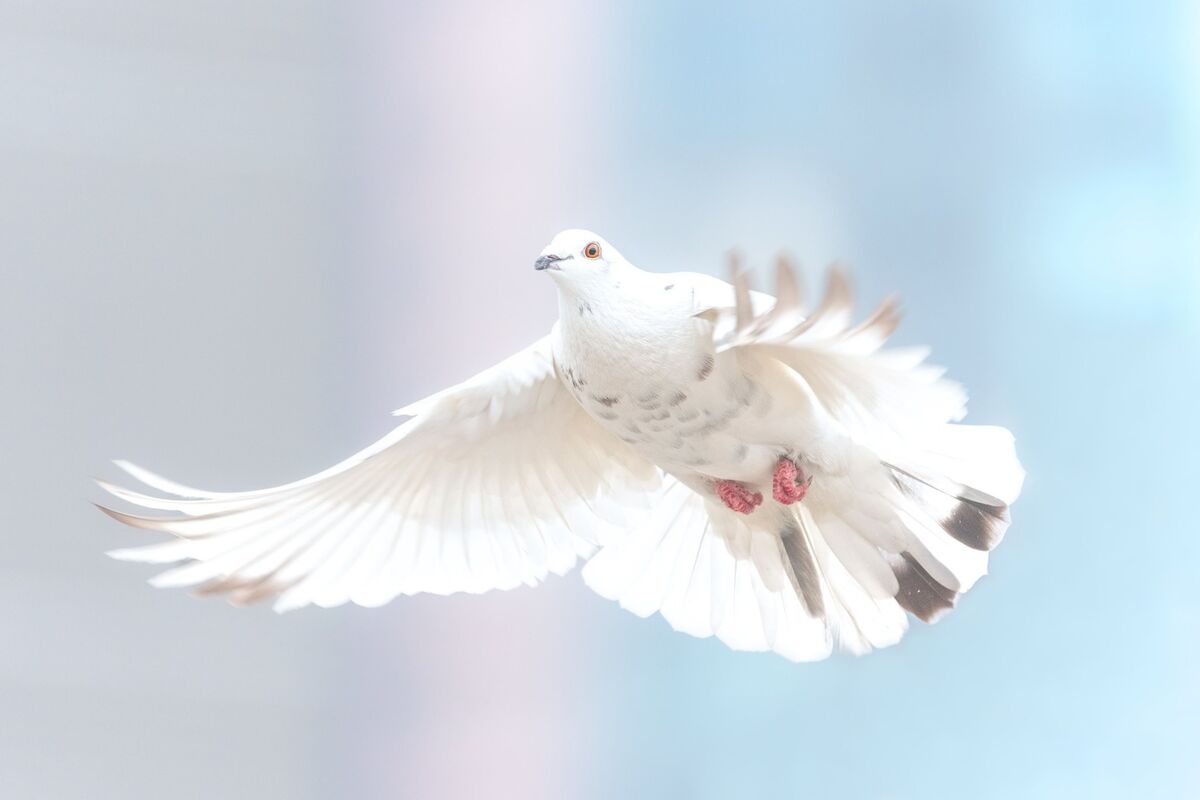
The figure of the dove is related to various symbols, from the meaning of hope and peace, to love. Thus, the representation of the animal linked to the feeling has its origin in Greek mythology and Christianity. Understand it better below!
In Christianity
The origin of the symbolic connection between the figure of the dove and love was in Christianity, thanks to the biblical passage that presents Noah in his ark, seeing a white dove in the sky. The animal carrying an olive branch in its beak indicates the end of the flood and, for Christianity, is a symbol of God's love for his creations.
Besides the biblical passage of the flood, there are also other quotes present in Christianity that attribute to the symbols of love and the divine to the animal in question. In the "Song of Songs", a poetic book of the old testament that celebrates love, the expression "dove" is used as the way that the protagonist refers to his beloved.
In Greek mythology
In Greek mythology, doves are associated with the goddess Aphrodite. However, this relationship has its origins in an older belief. The Mesopotamian goddess Ishtar was also associated with love and passion, just like Aphrodite, and had the dove as one of her greatest symbols.
In Ancient Greece, the goddess Aphrodite came to represent this Mesopotamian deity, receiving a new name, but still remaining with the dove as her greatest representation. In the temples of the goddess of love, Aphrodite, sculptures in the shape of doves were found, and, according to mythology, offerings in the shape of marble doves were made to the goddess.
Swan
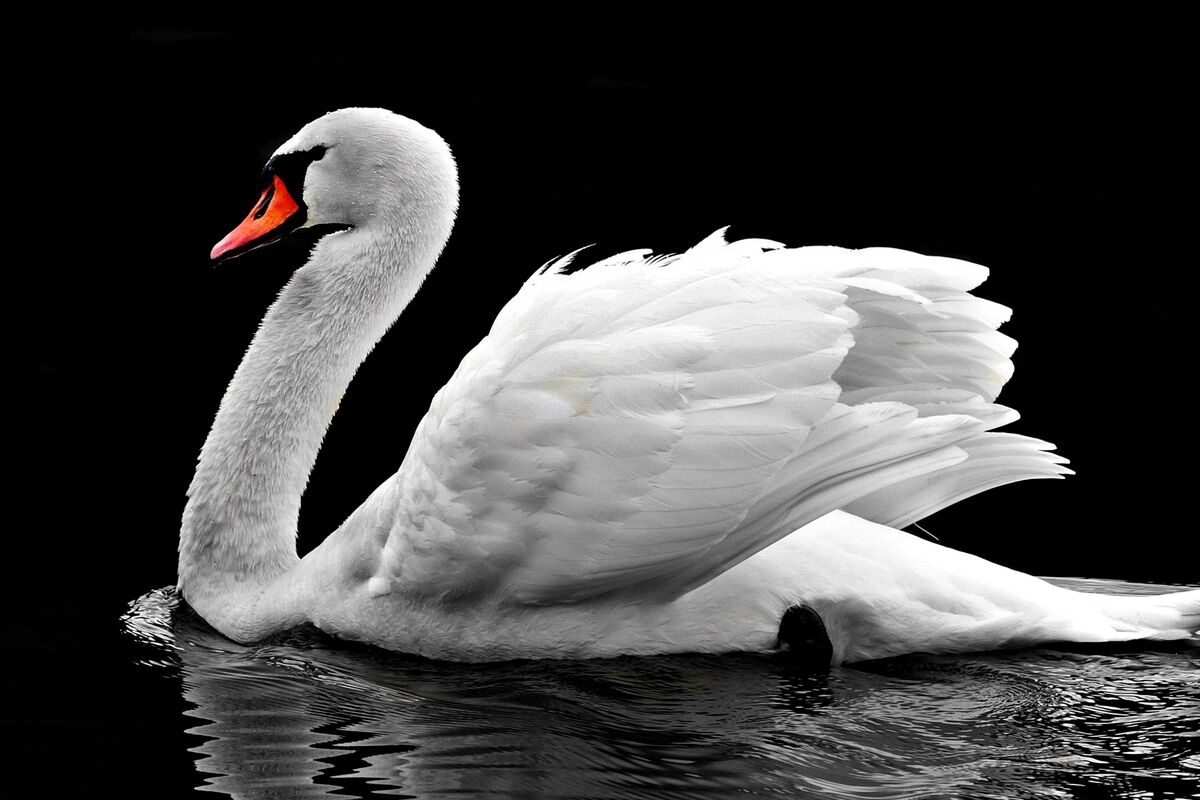
Swans are slender and elegant figures. However, beyond the animal kingdom, their representation also occurs in a suggestive way in Greek mythology, making the animal one of the symbols of love and fidelity. Discover the history of this association below!
In Greek mythology
In Greek mythology, it was common the occurrence of animals as representations of divinities or even feelings, such as love. In one of the Greek myths, Zeus himself turns into a swan to seduce the queen of Sparta, managing to deceive her and produce with the queen four children.
Another Greek god who has his association with swans is Apollo, known as the deity of beauty, music and poetry. According to Greek mythology, Apollo owned a celestial chariot pulled by swans and had, as a permanent companion, a male swan.
Symbol of loyalty
Swans have their representation related to the idea of fidelity. The birds are one of the symbols of this feeling, because from the moment they choose a partner, they refuse to relate to another of their species, even in the case of the death of their companion.
The symbol of fidelity is attributed to swans due to the loyal behavior shown when one of the companions falls ill, or in their death, which may result in the sad end of the survivor. Thus, swans that are afflicted by "widowhood" may fall ill and present sad behavior, and may even wither away from sadness.
Apple

The forbidden fruit has many symbols that span the centuries. The apple can represent both forbidden desire and love, depending on the culture in which it is presented. Discover the stories related to the apple below!
Roman Mythology
One of the symbols of love in Roman mythology is the apple. The fruit was associated with the goddess Venus and, consequently, also associated with the Greek deity Aphrodite. Offerings with apples were commonly made in the name of Venus by those who wished to get in touch with the love energy represented by her.
Thus, the idea is perpetuated to the present day, since there are numerous options of spells and potions that can be made using the fruit as one of the ingredients. The practitioners of esotericism that use the apple can seek both self-love and romantic love.
Celtic Mythology
One of the symbols of love, the apple, carries with it a history full of mystery and magic. In Celtic mythology, the apple is a symbol of fertility, knowledge, transcendence and even immortality. However, Celtic symbolism is not restricted to the fruit. The apple tree, the tree that gives rise to apples, was considered the Tree of the Other World.
So, for the Celts, apples were associated with the fairy world. According to Gaelic legends, fairy beings used apples to attract and seduce mortals, taking them to the fairy world.
Norse mythology
For the Germanic peoples, the representation of the apple fruit goes beyond the symbol of love. In Norse mythology, apples are associated with the goddess of youth, Iduna. The legends relate that she kept a magic apple in her cup and, to the blessed who ate from the fruit, would be granted the blessing of instant rejuvenation.
In addition, the Norse goddess was also responsible for the immortality of the other gods of the pantheon, offering an apple a day to each of them. This way, the gods would always be rejuvenating.
Infinite love

Among all the symbols associated with love, there are those that express infinite love. The idea of a love that perpetuates itself for eternity is common in several cultures and can be seen both in the eight lying down and in the ouroboros. Learn, below, the history of the symbols of infinite love!
Eight lying down
The symbol of the eight lying down, also known as Lemniscata, is the mathematical representation of infinity. esoterically, the eight lying down is the symbol that expresses the journey of physical and spiritual evolution, and can also be interpreted as the image that symbolizes eternity through death and rebirth, as an uninterrupted cycle.
Thus, its use as one of the symbols of love is made to represent the idea of loves that are able to overcome impossible barriers and to resist great changes, such as death.
Ouroboros
The ouroboros is a symbol that appears in several mythologies. In Norse mythology, it is called Jörmungandr, representing the serpent that swallows the world on the day of Ragnarok (Norse apocalypse). In Greek mythology, the ouroboros is the representation of a serpent that swallows its own tail, symbolizing the beginning and the end as parts of the same.
Thus, there is the association of the symbol of ouroboros with the symbols of love. In this case, the ouroboros can be used to demonstrate the love that crosses eternity and resists all deep transformations, remaining intact.
In Christianity
The re-reading made by Christianity of the symbols of pagan origin that represent the infinite aims to express the love of Jesus Christ. In Christian practices, he is represented as one of the greatest examples of eternal love for humanity, having crossed even death in the name of this love.
Thus, representations of infinity as a symbol of eternal religious love are most commonly used today as ways to express an individual's connection to their Christian faith. This can occur, for example, in tattoos.
Do the symbols represent only romantic love?

Although they are associated with romantic love and those in love, the symbols that represent love are not restricted only to these meanings. This idea can be observed in Valentine's Day, in which all forms of love are celebrated, from friendship to brotherly love.
So, another example of this concept is present on Mother's Day. On this date, mothers are presented with red roses and cards that carry the symbol of hearts, representing love. So, although romantic love is the most famous form of love, it is important to remember that other ties can carry as much or more love as the gift in couples.

